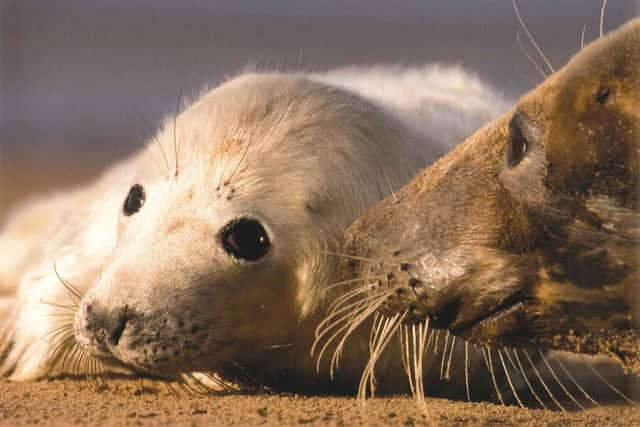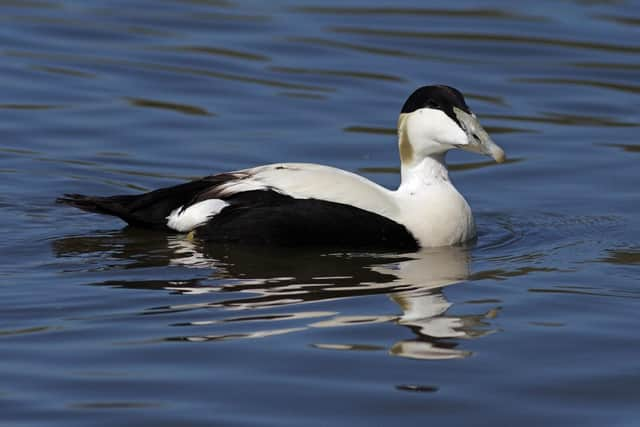Two Northumberland sites shortlisted as proposed Highly Protected Marine Areas
and live on Freeview channel 276
Defra has announced a consultation on five proposed Highly Protected Marine Areas (HPMAs) that will run until September 28.
The locations include Lindisfarne and ‘North-East of Farnes Deep’. Both areas are already Marine Protected Areas, but HPMA status would give them an even higher level of protection.
Advertisement
Hide AdAdvertisement
Hide AdHPMAs are defined in the Benyon review and Government response as “areas of the sea that allow the protection and recovery of marine ecosystems by prohibiting extractive, destructive and depositional uses, and allowing only non-damaging levels of other activities to the extent permitted by international law”.


Lindisfarne has salt marsh, beaches, cliffs, dunes and islands which support important breeding colonies of seabirds such as terns, auks and guillemots, as well as seals.
The North-East of Farnes Deep area has a sand and gravel seabed that, whilst sounding uninteresting, is home to animals such as sea pen and anemones, worms, molluscs and fish.
Dolphins, whales and harbour porpoise use the wider region.
Welcoming the announcement, Northumberland Wildlife Trust chief executive Mike Pratt said: “If all goes to plan, this will be great news for the wildlife living in the North Sea and elsewhere in the UK.


Advertisement
Hide AdAdvertisement
Hide Ad“Marine protection is an issue that matters to anyone who has ever spent happy afternoons exploring rock pools or been enchanted by chance encounters with dolphins, whales or one of the many other captivating species we enjoy in our waters.
“However, continued destruction has reduced them to a shadow of their former selves, so it is vital that our marine ecosystem is protected and sooner rather than later.”
The designation of HPMAs will act as a mechanism for marine recovery and should contribute to the Government’s commitment to protect 30 per cent of our seas by 2030.
The consultation overview states: ‘By setting aside some areas of sea with high levels of protection, HPMAs will allow nature to recover to a more natural state, allowing the ecosystem to thrive.’
For more information about the consultation and to take part, go to consult.defra.gov.uk/hpma/consultation-on-highly-protected-marine-areas